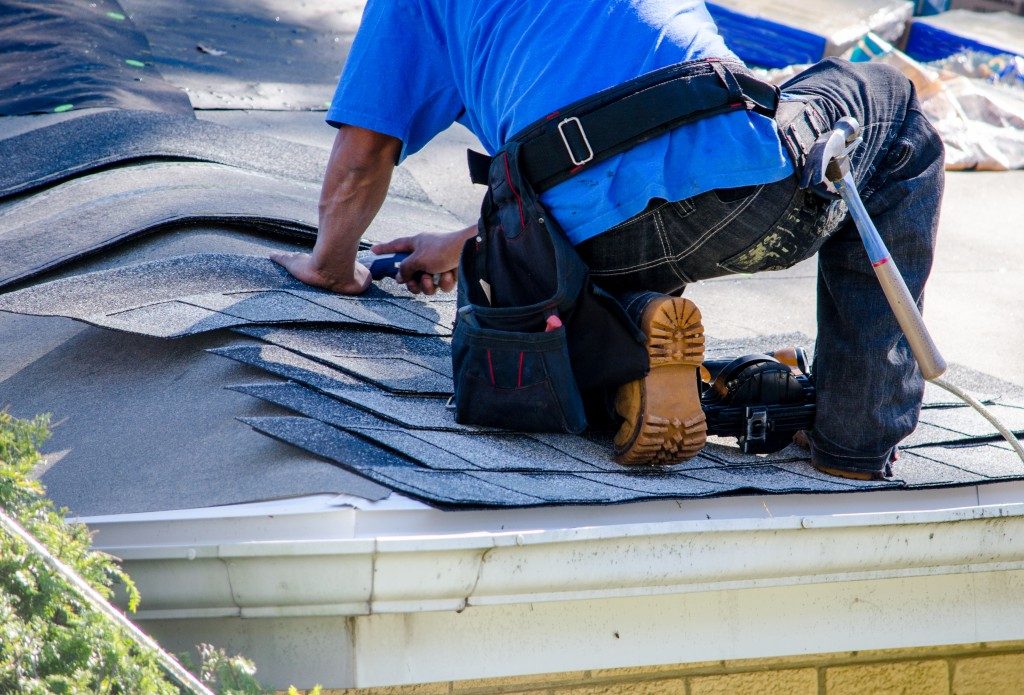It is estimated that homeowners and renters in the United States lose billions of dollars each year because of water damage. Water damage may be among the most common and costliest disasters that can happen to your home, but it can be prevented.
Signs and Potential Causes of Water Damage
Peeling paint or stains in your walls, water pooling after a storm, mold growth in surfaces, sagging ceiling, and strong, musty smell in your home can indicate water damage.
Make sure to investigate the potential causes of these problems and fix them the soonest time possible before they can cause more serious damage.
Extreme weather such as a severe storm or flood can cause water damage, but there are also other factors that contribute to water pooling or leaking into places where they can cause damage. Damaged roof, poor drainage, cracked walls, and malfunctioning appliances can also cause this problem.
Protecting Your Home from Water Damage
 You can avoid costly repairs and damages to your home and assets with preventive measures. Here are ways to protect your home from water damage:
You can avoid costly repairs and damages to your home and assets with preventive measures. Here are ways to protect your home from water damage:
1. Inspect and repair the roof regularly.
The damage caused by a leaky roof is more often worse than unsightly water stains you see on the ceiling, so inspect the roof regularly, especially following heavy rain or a harsh winter as the extreme weather conditions may cause damage that could get worse if not fixed the soonest possible time.
2. Ensure your home has good drainage.
Poor drainage can weaken the foundation of your home, which can cause cracks and provide a pathway for the water. Rain gutters sold in Salt Lake City are available in different shapes and sizes, so make sure you install the right one for your home, or the gutters will not be positioned correctly to funnel the water to the downspout. When this happens, the water may run down the side of the house and collect at the base, which could potentially damage the foundation.
Keep the gutters clear of leaves and fallen branches to ensure the water can easily drain away from your home. Clean them at least twice a year. You may also want to remove wet leaves and other debris that could be clogging up the gutters and downspouts after a big storm.
3. Protect the exterior of your home.
The windows and doors of your home are vulnerable to water leakage. Caulk and seal them regularly since water can easily seep in through the space around the door frames and windows. Water may also enter through the exterior walls causing mold, discoloration, and peeling paint in your home’s interior walls. Make sure the sidings and exterior paint are well maintained. Paints do not just provide aesthetic value to your home. They also seal and protect against rain and snow.
Don’t forget that the washing machine, dishwasher, water heater, and air conditioner wear out over time and cause water damage. Inspect your appliances regularly. Fix and replace them if necessary. Water heaters can hold large amounts of water and can flood your entire home if there is a leak. Make sure yours are partially drained every six months.
